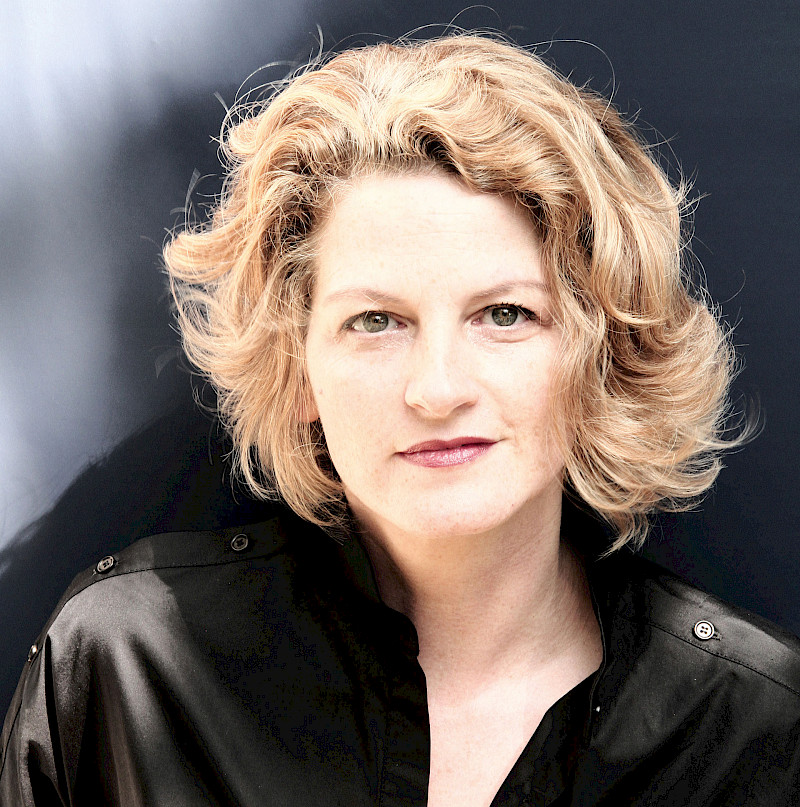In her fourth New Work Order study, the Hamburg-based trend expert Birgit Gebhardt asks what the office could accomplish if we made every effort to give human beings top priority in the process of office design. In this study, titled “The Human Factor@Work,” she describes the transition from industrial mass society to a networked society of individuals. She shows the connections between technological, economic, and social developments and points out opportunities to create a new living and working environment.
We asked the author to describe in a few words what this environment might look like.
Ms. Gebhardt, what do you mean when you say that “soft” factors influence our ability to think and act?
I mean that the way we learn functions differently from the way algorithms learn. We are influenced by feelings, sensory stimuli, our state of mind at a given moment, the energy given off by other people or places, our own experiences, and even an evolutionary memory.
How can we take advantage of this potential?
Unfortunately, we still don’t do that enough in the workplace. We still have to develop our awareness of soft factors. During the age of industrialization there was much less demand for them than there is today.
Can artificial intelligence nonetheless help us to learn and work more effectively?
Yes, because it can register and reflect our individual needs, characteristics, and behaviour patterns and combine them with favourable environments.
What could the human-centred work environment look like?
I envision multisensory learning landscapes with atmospheric stimulation — of concentration and other working methods, for example — and with a variety of emotional anchors.
Wie erschließen wir uns dieses Potenzial?
Bei der Arbeit leider noch zu wenig. Das Gespür dafür müssen wir erst noch entwickeln. In der Industrialisierung war es viel weniger gefragt als heute.
Kann uns Künstliche Intelligenz dennoch helfen, besser zu lernen und zu arbeiten?
Ja, weil sie unsere individuellen Bedürfnisse, Eigenschaften und Verhaltensmuster erfassen, spiegeln und mit vorteilhaften Umgebungen kombinieren kann.
Wie könnte die menschenzentrierte Arbeitswelt aussehen?
Ich stelle mir multisensorische Lernlandschaften vor, mit atmosphärischer Stimulation, zum Beispiel für Konzentration und andere Arbeitsweisen – und mit unterschiedlichen emotionalen Ankern.
Birgit Gebhardt ist Trendforscherin mit Schwerpunkt „Zukunft der Arbeitswelt“. Als Impulsgeberin begleitet sie Thinktanks, unterstützt bei der Ent-wicklung agiler Führungs- und Arbeitskultur sowie mit zukunftsfähigen Lernangeboten. Grundlage ihrer Beratungstätigkeit bilden 12 Jahre Projektmanagement im Trendbüro, davon die letzten fünf Jahre als Geschäftsführerin. Im Auftrag des Industrieverband Büro und Arbeitswelt (IBA) und der Messe für moderne Arbeitswelten ORGATEC entwickelte sie die New Work Order-Studien.
Die vierte New Work Order-Studie mit dem Titel „Human Factor@Work“ erschien im Oktober 2020.
Kostenfreier Download der New Work Order-Studien






